While Greek mythology has an abundance of gods and goddesses, none had the influence of the nine mice. Honored by artists, they were the embodiment of literature, art and science. They were nine beautiful women who in ancient culture were believed to be the source of oral knowledge such as myths and poetic texts. They were honored as the personification of knowledge about art, especially music, dance and literature.
The mice's home was thought to be Mount Olympus, where they kept the Olympic gods entertained with their art. But later traditions place them on either Mount Parnassus or Mount Helicon. They were compared to Charites, Nymphs and Sirens since they were equally skilled in song and dance.
Muses in Greek Mythology
There were nine muses in Greek mythology. Hesiod, in his Theogony (7 th century BC), describes them as Zeus and Mnemosyne, the goddess of memory. He tells how they brought oblivion to people - oblivion of pain and sorrow and cessation of obligations.
Sometimes these beautiful women were referred to as water nymphs, linked to the Peiris and Helicon springs. Some of the stories tell how Pegasus, the winged horse, moved his hooves to the ground on the Helicon, causing four sacred springs to burst forth. The mice, also referred to as pegasides, are said to have sprung from the sources. Athena later tamed the horse and he was introduced to the mice.
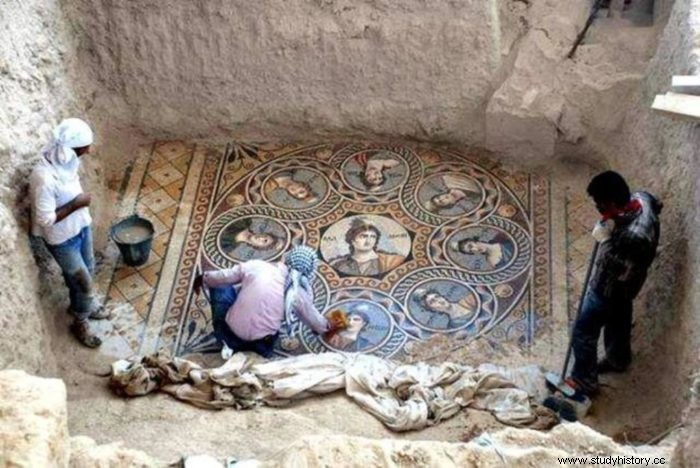
In their works, classical writers place Apollo as the leader of the mice. According to a myth, the mice acted as judges for a competition between Apollo and Marsyas. They also collected the pieces of Orpheus' dead body and buried them in Leivithra. In another myth that comes later, they were challenged to a singing competition by Thamyris. And of course the mice won, and Thamyris was punished - they blinded him and robbed him of his singing ability.
This was not the only time anyone challenged the mice. A myth from Ovid's Metamorphoses alludes to the connection between Pieria and the mice. Pierus, who was the king of Macedonia, had nine daughters whom he named after each of the nine mice. According to him, his daughters' skills were a good match for them. Thus, he challenged them to battle, only for his daughters to lose. The mice turned his daughters into chatty jays because of their assumption.
Who were the mice?
Calliope
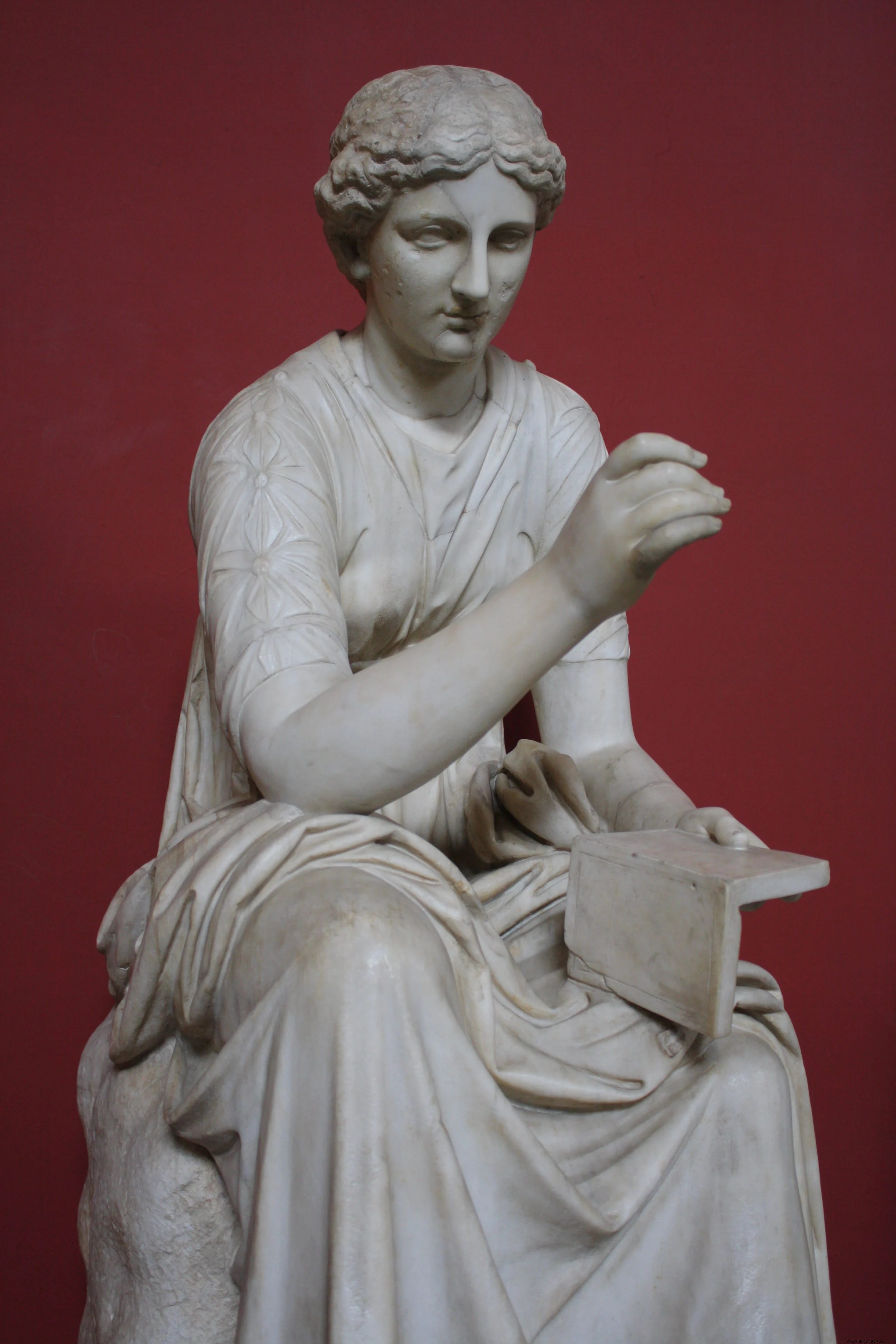
Calliope, meaning "beautiful voice", was epic muse poetry. She was also the goddess of eloquence. Calliope had two sons, Orpheus and Linus. In Greek mythology, Calliope was the most assertive and wisest of mice. Hesiod described her as the most important of all the mice. This was because she 'treated worshiping princes'. Calliope is usually depicted adorned with a golden crown, with a scroll, a whiteboard or a book in hand.
Clio
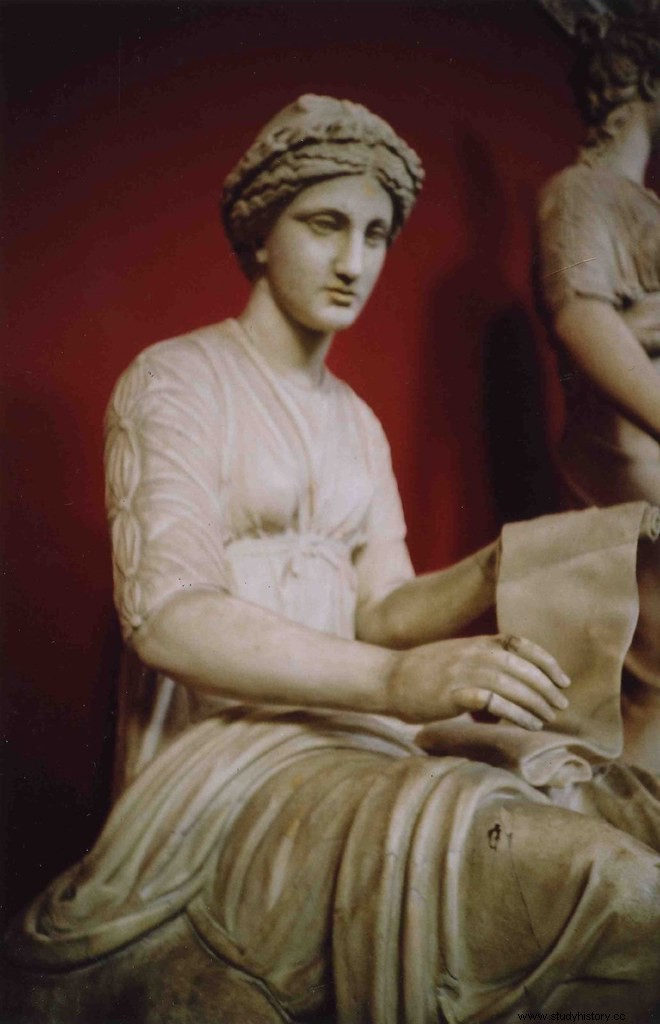
Clio was the muse of history. Her name means 'to celebrate' or 'to make famous'. She is depicted holding an open scroll or sitting next to a set of books. Considered 'the preacher, the glorifier and the celebrant of history, great deeds and achievements.'
Erato
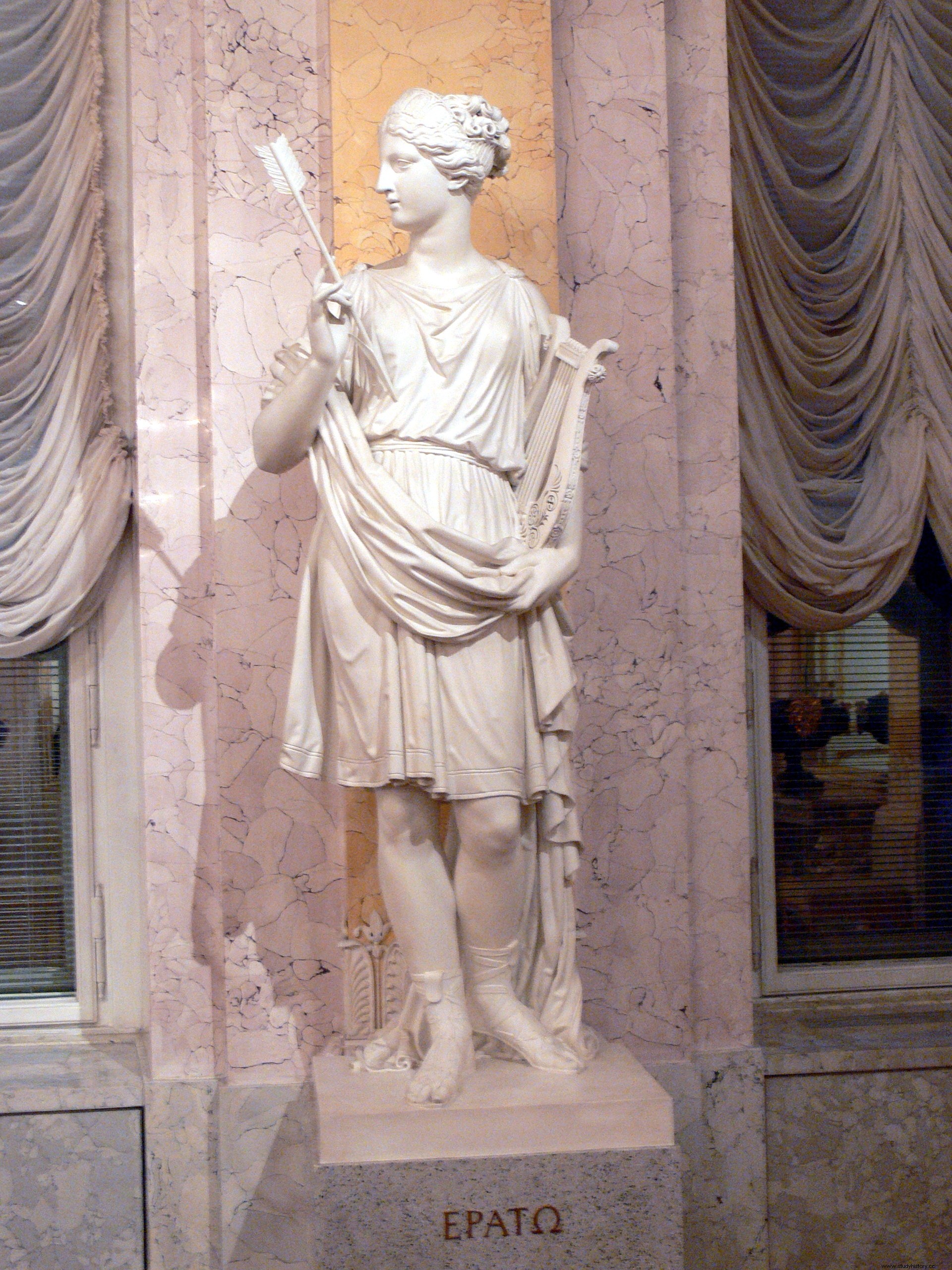
Muse for lyrical poetry, especially erotic and love poetry, Erato's name means "loved" or "beautiful." She is made with a wreath of myrtle and roses, while holding either a kithara or a golden arrow. In Simon Vouet's representation, two turtle doves sit at her feet and eat seeds. In some versions, Erato is also shown to be accompanied by Cupid or Eros swinging a torch.
Euterpe
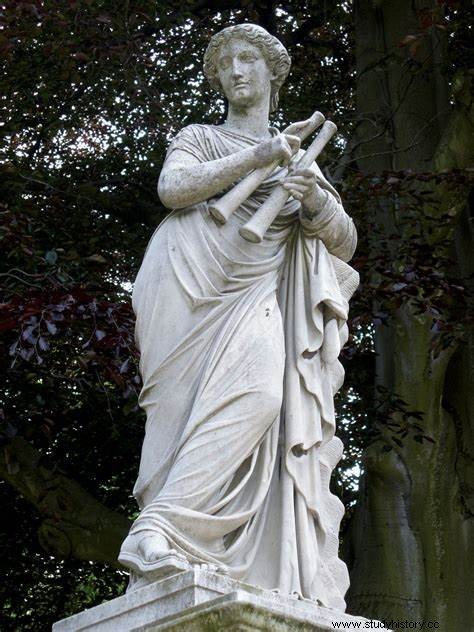
Euterpe was the muse of music. Her name meant "the giver of much joy." Euterpe was said to have entertained the gods of Olympus. Later traditions placed her and the other mice on two mountains. One of them was Mount Helicon, where it was an important cult center dedicated to the goddesses. The other mountain was Mount Parnassus, where the castle was located. This spring was an important destination for poets and artists. Euterpe was the inspiration for many writers, poets and playwrights. She is portrayed as playing or holding an aulos (double whistle).
Melpomene
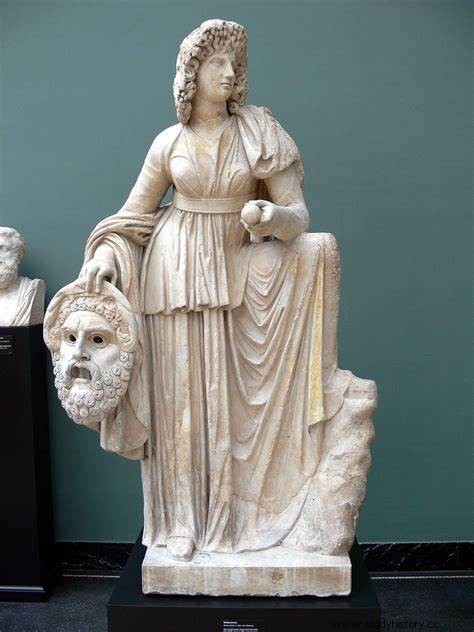
Originally, Melpomene was the muse of song, but later became the muse of tragedy. Her name means "to celebrate with song and dance." It was traditional to call Melpomene for inspiration and blessing to create beautiful lyrical phrases. Melpomene was also the mother of many sirens. The sirens were Persephone's divine servants, but they were cursed by Persephone's mother when they failed to protect her when Hades abducted her. Melpomene is made with a 'tragic mask.' She holds a knife or sword in one hand while the tragic mask lies in the other. She also wears the boots that were traditionally born by tragic actors.
Polyhymni
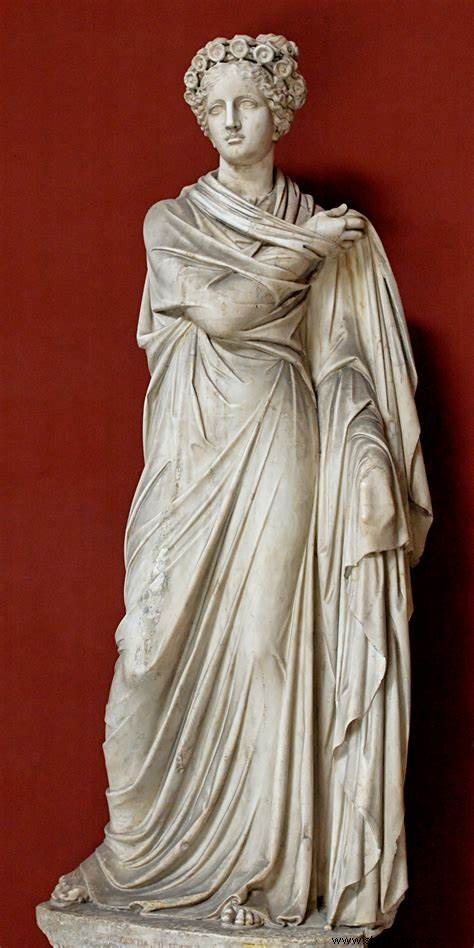
The mouse for sacred hymns, sacred poetry and eloquence, Polyhymnia, is also credited with being the mouse for meditation and geometry. Her name means 'one of many hymns.' This mouse is portrayed as extremely serious, thoughtful and in meditation, while holding a finger to her mouth, dressed in a long cloak. She is one of the figures often referred to in modern works of fiction.
Terpsichore
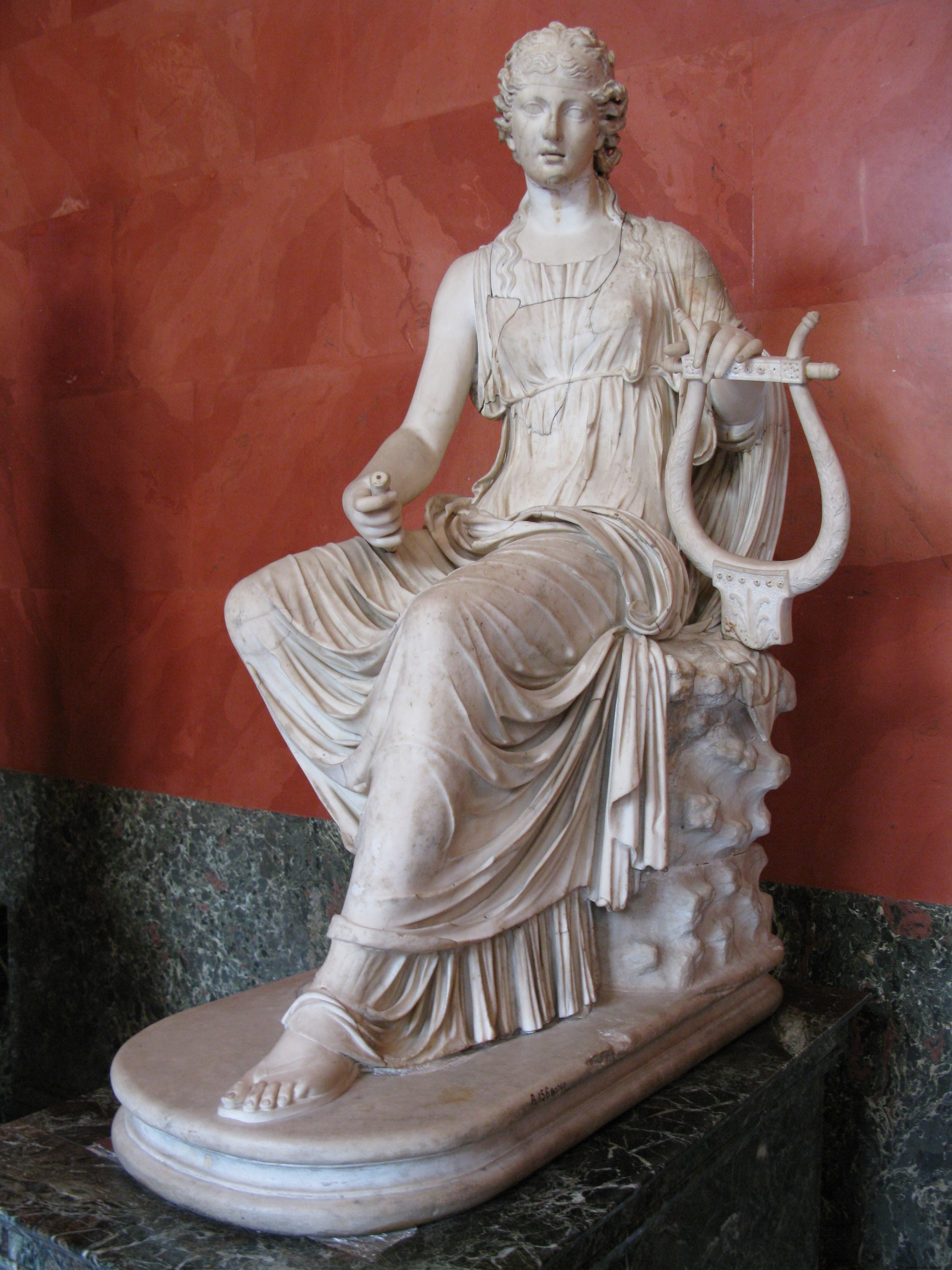
Muse for dance and dramatic chorus, Terpsichore, is the mother of the Parthenope and the sirens. Her name means "joy of dancing." Terpsichore is made sitting or standing, and holds a lyre.
Thalia
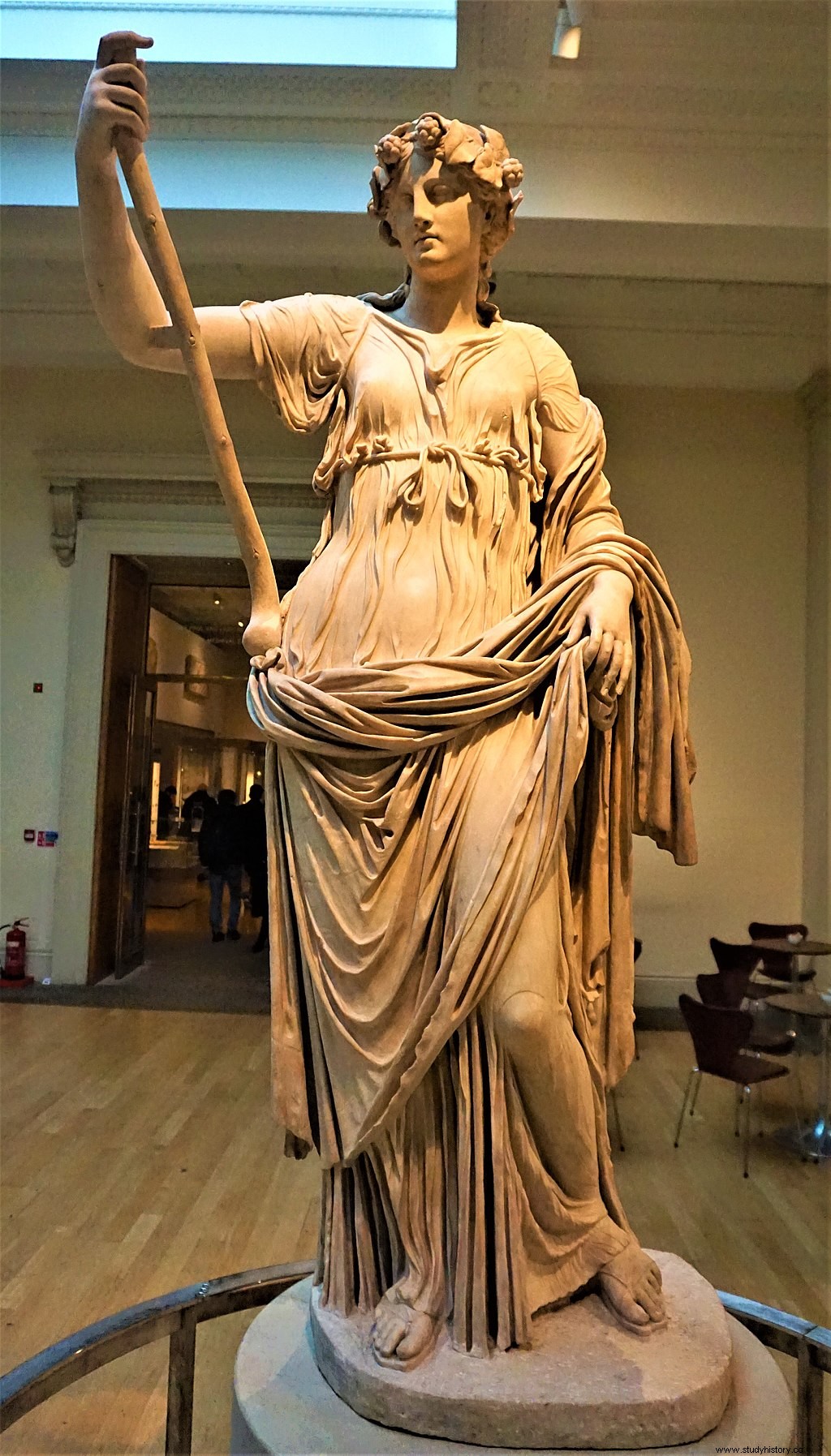
Muse for comedy and idyllic poetry, Thalia's name means "the blossoming" or "joy". This mouse is depicted as a young, happy woman adorned in a crown of ivy, boots and holding a comic mask in her hand. Many of the statues erected in her honor show her with a trumpet and a bugle or a shepherd's staff. The trumpet and bow were instruments used to amplify the actors' voices when they performed).
Urania
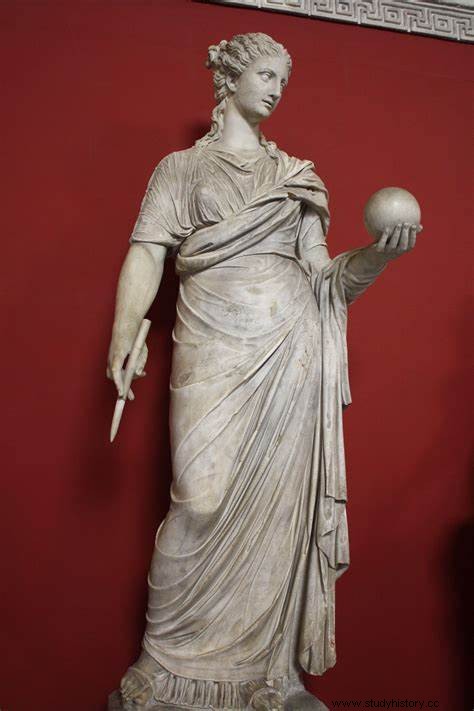
Muse for astronomy and astronomical writings, Urania's name means "of heaven" or "heavenly." It is believed that she can predict the future by studying the arrangement of the stars. With Zeus' majesty and power and Mnemosyne's beauty and grace, Urania is associated with universal love. She is depicted as wearing a cloak with stars embroidered on it. Her eyes are on the sky, with her attention on the sky. In her hand is a celestial globe that she points to with a wand.
Sappho:The Tenth Mouse
Later history attributes Sappho, the Greek poet of Lesbos, as the tenth mouse. It was Plato who gave her this title. Most of Sappho's poetry is lost. The only complete poem of Sappho left is 'Ode to Aphrodite.' But perhaps more than her poetry, Sappho is known as a symbol of love and lust between women. The term "tenth muse" has become a common term attributed to brilliant female poets.
Cult
In ancient Greece, there were several temples and shrines dedicated to the mice. The two most important cult centers for mice were Mount Helikon in Boiotia and Pieria in Macedonia. The cults were also associated with Apollo. Often the local cults were associated with springs or fountains. Those who worshiped the mice hosted festivals, where poetic performances were performed, followed by sacrifices to the mice. In the 18 th century, there were many attempts to revive the mouse cults.

Dissemination of certain emblem books in Renaissance and neoclassical art, such as Cesare Ripas Iconologia, helped with the standardization of the depiction of the mice in paintings and sculptures. This was mainly because they could be separated from props. These emblems or props help the viewer to identify the mice easily. Therefore, viewers were able to identify the mice immediately and the art she was associated with. Calliope has a writing board. Clio holds a scroll and sits with books, while Euterpe holds a flute. Erato is made with a crown of roses and a lyre. Melpomene wears a tragic mask. A thoughtful expression marks Polyhymnia, while Terpsichore dances carrying a lyre. Thalia holds a cartoon mask in her hand and Urania is seen with a celestial globe and a pair of compasses.
Why were the nine mice important?
The mice, with their gifts such as dance, song, music and joy, helped both the gods and ancient Greeks to forget their sorrows and instead focus on beauty and art. Since they are the embodiment of many artistic ideals, they were an inspiration for musicians, performers and writers to reach great intellectual and artistic heights.
In his work, Hesiod claimed to have spoken to the mice on Mount Helicon. According to his story, they gave him a laurel branch and blew into him their heavenly voice so that he could proclaim the greatness of the gods and their descendants. Therefore, Hesiod went from being a simple shepherd to an important poet in antiquity. Hesiod stated that the very purpose of creating the mice was to help people forget pain and suffering.
The mice were therefore the embodiment of art, drama, inspiration, science, mathematics, geography and philosophy. In the archaic period before books became widespread and available, this included almost all learning. Many poets described them as the key to a good life, as they brought friendship and prosperity. Poets like Solon sought to advance their political reforms by reciting his poetry. These recitations always had calls to the mice. He believed that mice would inspire people to be and do their best.
In Literature
While writing poetry, epic history, or hymns, ancient writers and their imitators invoked muses. The call is made at the beginning of the work. Through the call, the authors ask for inspiration or help from the mice. Or they simply invite the mice to sing through the author. Originally, calling the mice showed that the author worked according to the established formulas of poetic tradition.
Other than Homer and Virgil, there are other famous authors who included invocations of the mice in their works. These include Metamorphosis by Ovid, The First of the Carmina by Catullus, Inferno (Canto II) by Dante, Troilus and Criseyde by Chaucer, Henry V by Shakespeare, Shakespeare's 38 th sonnet and Paradise Lost by Milton.
In cults
When Pythagoras came to Croton, the first thing he asked the crotoniates to do was build a sanctuary for the mice. This was done in the city center, to promote learning and civic harmony. Local mouse cults grew to be associated with fountains or springs. The mice, because of their connections with the fountains, were called by different names. These fountains include Aganippe, Pirene and Hippocrene. Some referred to the mice as Corcyides or Corycian nymphs, named after the Corycian cave on Mount Parnassos. The mice were referred to by their surnames of Pausanias, as Ardalides or Ardaliotides. This came from a shrine attributed to them at Troezen, which was believed to have been built by Ardalus.
The mice were especially honored in Boeotia, in the Mouse Valley, which was close to Helicon. Delphi and Parnassus were also places where mice were kept high. It was in these places that Apollo became known as the Muse leader, when the places were rededicated to his cult.
The worship of the mice was often associated with the heroes' cult of the poets. The tombs of Archilochus (on Thasos) and Hesiod and Thamyris (in Boeotia) served as the festivals held for the mice, which were accompanied by recitations and sacrifices. The famous library of Alexandria and its group of scholars formed another around a musaion (museum or shrine), near the tomb of Alexander the Great.
In museums
Under 18 th century, many Enlightenment figures tried to bring the cult back to the mice. In pre-revolutionary Paris, a famous Masonic lodge called Les Neuf Soeurs, meaning 'The Nine Sisters', was named after the nine mice. Influential figures who participated in it include Benjamin Franklin, Voltaire, Danton and others. The word 'museums' originated as a side effect of this movement - it came to refer to any public place that displayed knowledge.
The Mice of Modern Times
In modern English, mice are used explicitly to refer to any artistic inspiration, such as when an artist quotes his own artistic muse. References are also implicit in certain words such as "museum" (a place where mice were worshiped), "musing upon" and "music".
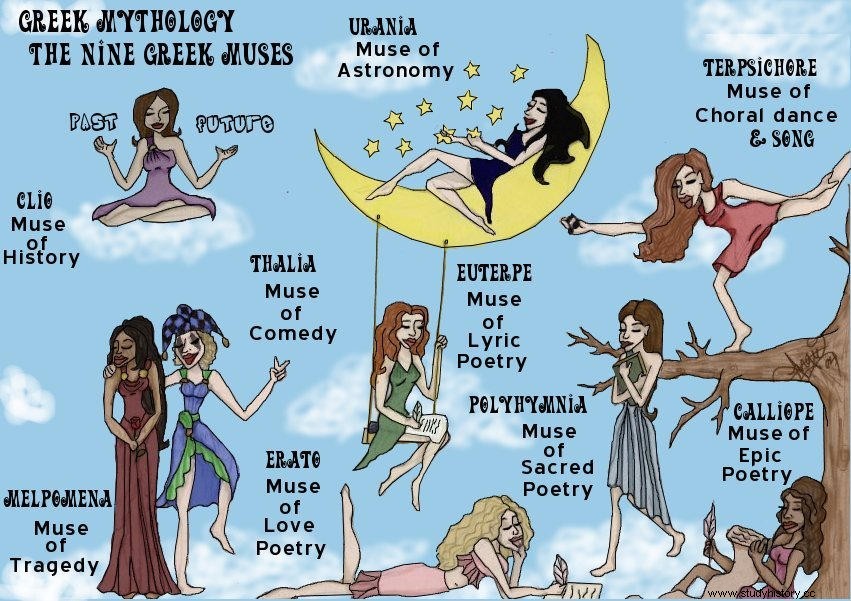
The mice served as guides and inspiration for artists, and were asked to guide their writing. The practice also had a practical purpose. Since literature is sometimes performed in song, conversation with the mice would help the artist to remember the next lines. We often see photographers who call their motifs muse. It can be either a person or a thing, whose beauty dazzles the photographer.
The conclusion
The mice are credited with being the inspiration behind some of the greatest poetry, art and music created by women and men throughout history. But since they were lesser goddesses in the Greek pantheon, they almost never had their own stories. Instead, they were more like background characters, and served as an important support for the main characters in Greek stories. But even then, they left their mark. Today, people continue to regard Muses as the inspiration behind their creativity.
